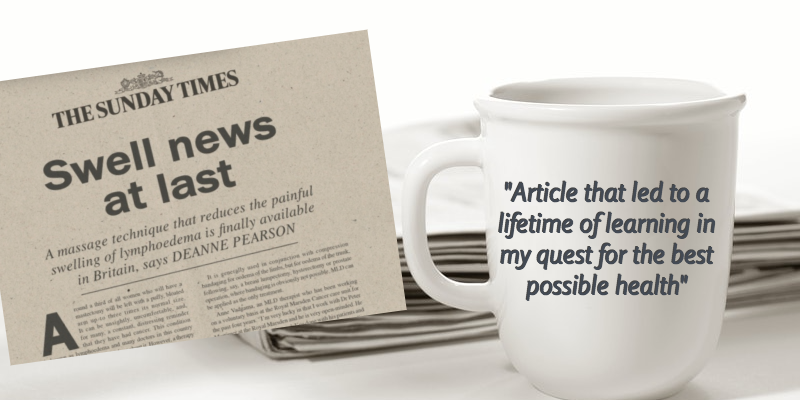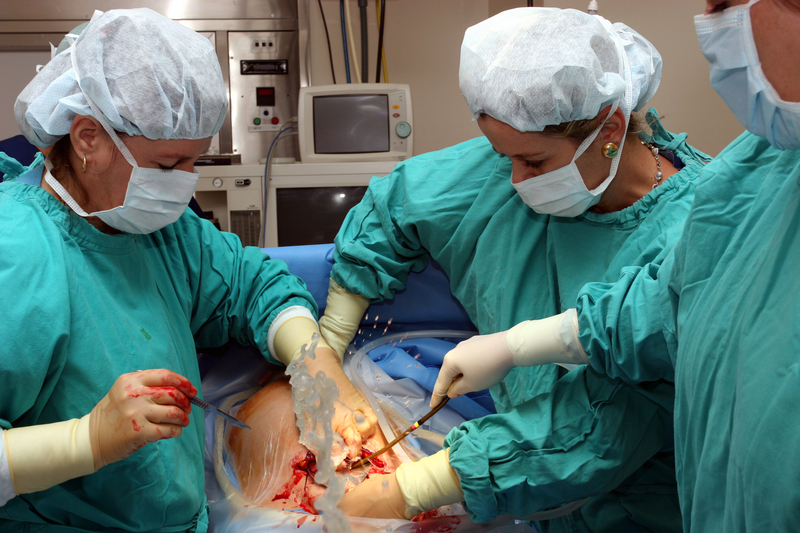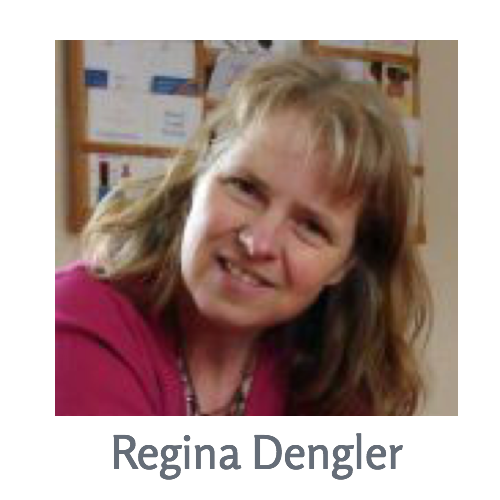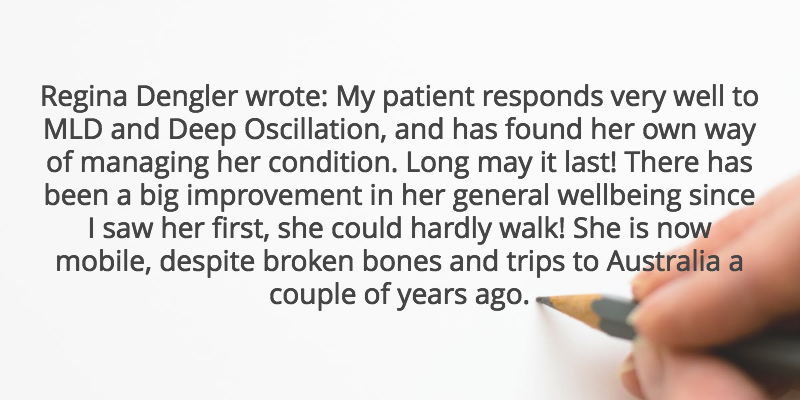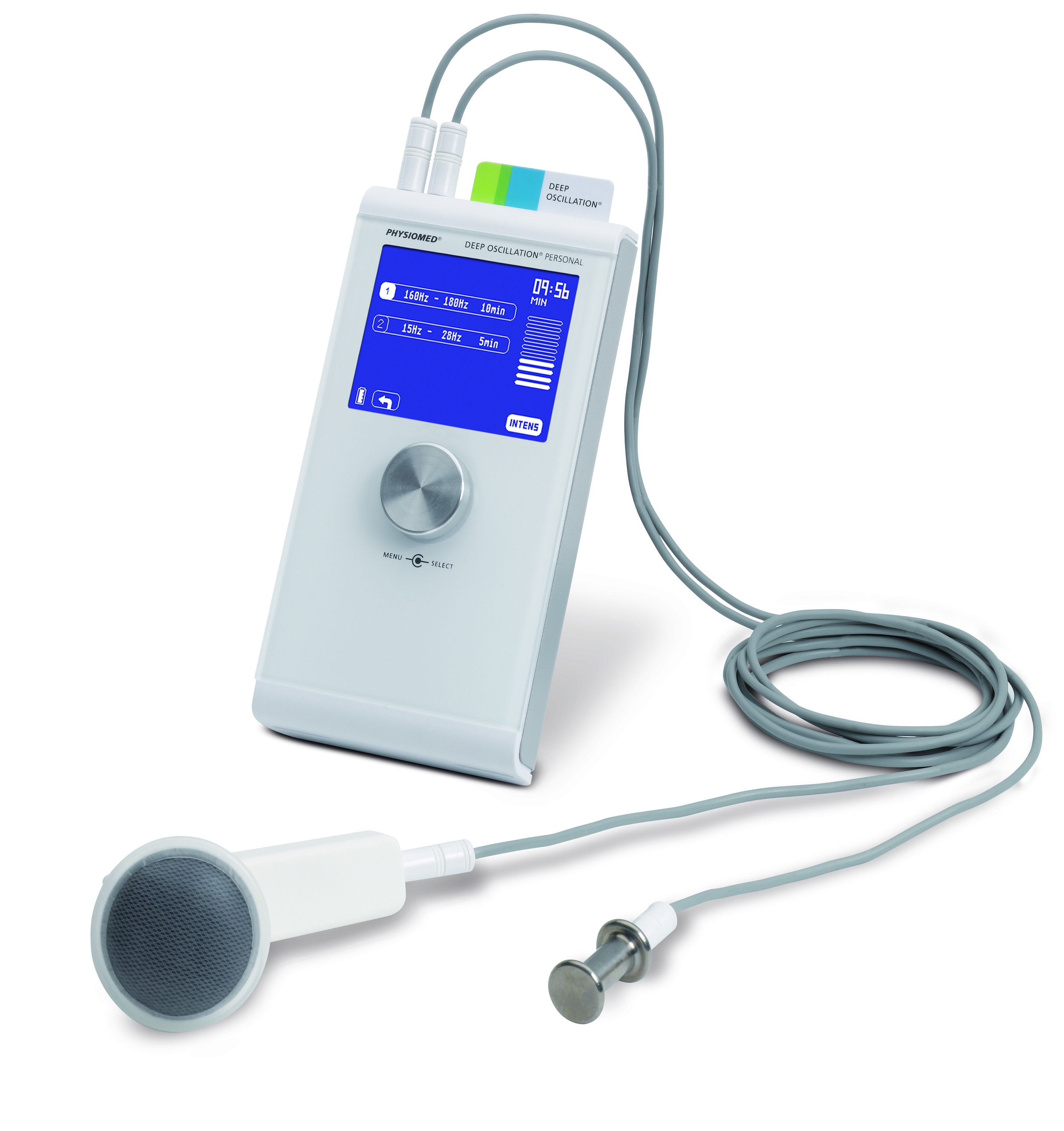Living with Lymphoedema Published in MLD UK The Journal Summer 2018 Issue
This article is reproduced with the kind permission of MLD UK. It featured in the Summer issue of MLD UK The Journal 2018.


"It was in my mid-thirties that I first became aware of a slight swelling in my left leg. I was, in all other respects, a healthy young woman of slender frame. The swelling, I had assumed, was a direct result of living in a hot Australian climate. And when a walking holiday in Canada reduced the swelling, this seemed to confirm my thoughts.
Whilst on holiday in England during January 1995, I was leafing leisurely through the pages of the The Sunday Times health section, when my eyes were drawn to an article entitled “Swell News At Last” by Deanne Pearson (reprinted later in this article with the kind permission of the aforementioned newspaper). That chance reading led to a lifetime of learning of how best to self- manage my condition.
The article was based on an interview with three members of MLDUK, and described ‘Manual Lymphatic Drainage’ - a therapy that was new to the UK at the time, and which could help alleviate the painful swelling symptomatic of Lymphoedema. The piece stated that at that time there were just 18 MLD Therapists in the UK qualified to practice this little-known treatment. I believe that two decades later, there are now 293.
To learn of Lymphoedema and its causes interested me greatly. I made initial contact with Ann Vadgama (one of the ladies mentioned in the article) and she provided me with lots of useful information. When back in Australia, I booked on to a two- weekend MLD taster workshop, as I began to consider doing the full training to add to my nursing skillset.
When I settled in England, the cooler climate did help reduce my swelling, but it did not eradicate it entirely, and this bothered me. I read many health books on ways to look after myself, and spoke to lots of experts. In 1996, I contacted Jackie Todd, who would prove to be another invaluable fact provider. And a few years later in 2000, I got in touch with a lovely lady called Lynora Kennedy in Scotland, who posted out a booklet detailing the MLD therapists available in the UK. I have an entire box full of information and cuttings; don’t forget this was long before the Internet!
Gynaecological surgery led to a worsening of symptoms
Over the next decade, I suffered with several gynaecological problems that resulted in a succession of surgeries. A ruptured ovarian cyst required an emergency operation and then, to allev- iate further gynaecological problems, I had a partial hysterectomy. But the problems persisted, and this was consequently followed by more surgery to remove my right ovary. With every surgery, my abdomen was weakened. My fourth and final operation was to repair, as my surgeon put it “hernia on top of hernia on top of hernia”. It involved inserting an A4-sized piece of mesh into my abdominal wall. To this day, I believe that the damage to my lymphatics in that final operation, led to the swelling that has subsequently spread throughout my body, affecting my head and neck, trunk and both my upper and lower limbs.
Finding Regina Dengler – a “Lifesaver”
As my condition worsened, I realised I really had to get help in the form of a therapist, and I discovered Regina Dengler who was recommended to me by Susanna Priest. Regina is a very experienced and caring therapist and most importantly for me, she was registered with MLDUK, so I knew I was in good hands.
Regina uses the Casley-Smith method of MLD with Deep Oscillation, and she gets really effective results for me; she has literally been a lifesaver. She has given me exercises to complete, skin care advice, information on breathing routines, and helped me to improve my simple lymphatic drainage techniques in order to keep my symptoms in check. I have to admit though, I am not fully compliant!
Both Regina and Mary at PhysioPod have strongly recommended compression and its benefits, but I just don’t like the idea of it. I also find that regular reflexology Lymph Drainage is incredibly helpful for maintaining general health. I feel like I’m walking on clouds when I get off the bed at my therapist’s whom I see every three weeks. Julie Bliss (IIHHT MFHT MAR is an Holistic Therapist and she is based in Leicester.
Discovering Deep Oscillation For Self Management
It was on one of my regular visits to Regina that I picked up an old copy of a Choice Health and Wellbeing Magazine from 2010 in her waiting room. It featured an article entitled “DEEP OSCILLATION - Deep Tissue Massage therapy - A major breakthrough for therapists”.
I saw a picture of the personal unit for self- management in the article, and I asked Regina if she felt it would be a good idea to get one to use between visits to her. Regina said she thought it would, and that other Lymphoedema sufferers were benefitting by using them.
So in March 2016, I purchased the Deep Oscillation Personal Unit, along with a sports card and a one-hour bespoke therapy card, which Regina worked out for me and is tailored to suit my complex therapy needs. It has been the best decision I could have made and I am extremely happy with it. I use it daily and in between my three-week appointments with Regina. It keeps me mobile and, for the most part, pain-free.
My Daily Routine
Following a morning ritual of exercise/ breathing, skin care and lymph node clearing - much of which I perform whilst showering - I then do an hour of Deep Oscillation. I use the therapy over my body after clearing lymph nodes & pathways - starting with face and neck, over eyelids, then hands, arms, chest, abdomen and legs and feet (including the soles).
If I am in a hurry, I just do 20 mins on my legs with the paddle. I took the unit with me when I visited Australia for six months (with a covering letter for Customs from PhysioPod). Therapists are few and far between in Australia, especially in the area I was travelling to, where, even in Winter, temperatures are such that without my unit, life would have been more than unbearable. For anyone suffering with Lymphoedema, I cannot recommend a Deep Oscillation Personal Unit more strongly.In order to reach my ankles more easily, Physiopod have offered me extra long handles to attach to the paddle, but I have refused these because I want to keep as mobile as I can, and I feel the stretching to reach my ankles is good for me! I am now 72 and I try to walk as much as possible. I have made a pact with myself that I will lose more weight in 2018, something I know will enhance my mobility.
Seeking A Formal Diagnosis
In 2017, my GP referred me to an NHS Vascular Specialist in order to obtain a formal diagnosis of Lymphoedema - something which I would like to have - and also to see if I have Lipoedema too - something Regina suspects. However, the specialist wanted to perform a Lymphoscintigram, where I would be injected with a radioactive dye that can then be tracked using a scanner to check for any blockages. I refused this on the grounds that I have a very sensitive system, and have spent my entire life eradicating harmful foods and substances from my body via a careful diet. I actually gave up sugar aged 14 because I felt it wasn’t good for my body. Regina says that I should really have had the test because now, since I declined it, my official unofficial condition is ‘undiagnosed generalised Lymphoedema.
In summary, I really feel that my multiple midline surgeries are to blame for the increase of the Lymphoedema throughout my body; the abdomen contains so much of our lymphatic structure!
I’d like to invite readers and other sufferers of Lymphoedema to consider the following three questions:
Are general surgeons sufficiently educated in the structure of our lymphatics to avoid causing irretrievable damage?
How many people have developed Lymphoedema as a result of undergoing ‘routine’ general surgery, rather than cancer surgery?
How was a formal diagnosis given before the dye test, and why wasn’t I offered it?"
Thank you for reading my article.
Patient name withheld
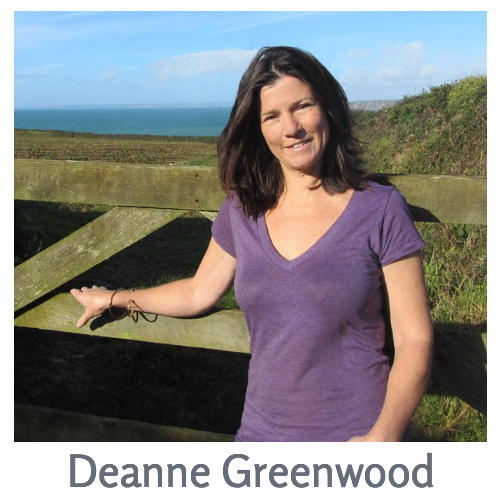
The article in The Sunday Times was written by writer and medical herbalist Deanne Greenwood (nee Pearson) BSc (Hons), MCPP. Deanne has a special interest in breast cancer and works with women whilst they are having treatment, and also post-treatment. She often recommends MLD to those she thinks it might help, di- recting them to the MLDUK website to find a therapist in their area.
Where are they now..?
What has become of those who featured in that life-changing Sunday Times article over two decades ago?
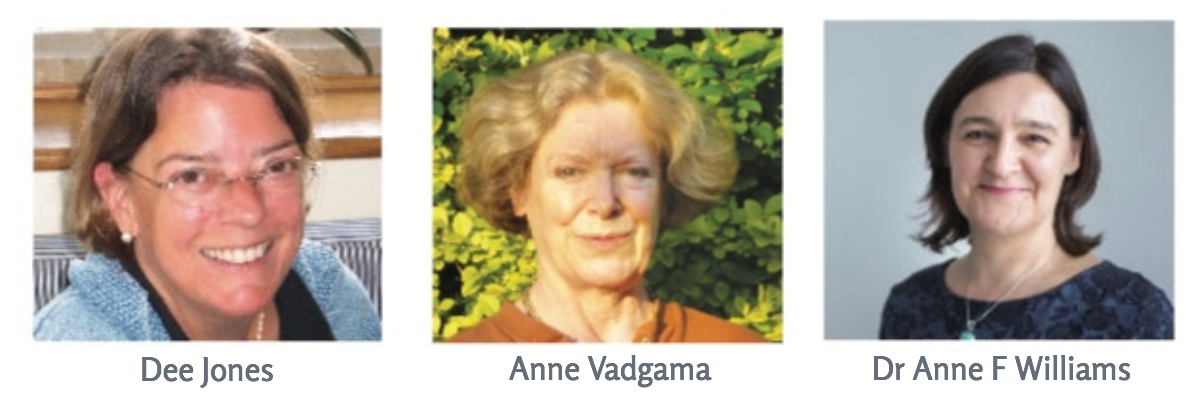
Dee Jones has been at the forefront of Manual Lymph Drainage, Vodder Method since 1991. She is a founding member of MLD UK, the governing body for MLD in the UK and was elected Chair in 2007. She has also been involved in the development of several lymphoedema clinics in and near London. She is a member of the British Lymphology Society (BLS) and the Lymphoedema Support Network (LSN).
She holds both National Health Service and private healthcare insurance provider registration. Her work encompasses private patients; Clinical Directorship of a lymphoedema Clinic; mentoring and teaching MLD and lymphoedema treatment to medical and non-medical students. She has lectured and taught at hospitals and on courses all over the UK and Europe. Dee has had several articles written about MLD and herself in Harpers & Queen, The Mail on Saturday, Top Sante? and many others. She is also mentioned in Jane Alexander’s books “Supertherapies’ and “The Natural Year”. Dee is the only Vodder Teacher is the UK who is qualified to teach all levels up to and including Therapy II and III and holds courses, workshops and reviews in London and Hampshire. Bio with thanks to http://www.vodder-school.co.uk/ teachers/dee-jones/
Anne Vadgama has been practicing MLD since 1983, and was amongst the very first in the UK to offer the Vodder method, and then became the first qualified Vodder teacher in the UK (1991). She taught MLD in the UK and as far afield as Japan, and after 25 years has now withdrawn from teaching to concentrate on her MLD Practice. Anne was the first Chairperson of MLDUK, a national association that promotes the very best of practice amongst MLD therapists, and is currently MLDUK’s Honorary President.
Anne worked with Clare Maxwell- Hudson for over 30 years, and was the Deputy Principal of the Clare Maxwell-Hudson School of Massage prior to its closure in 2006. Anne always acknowledges the enormous contribution made by Clare to the establishing of the Vodder method of MLD in the UK, which without Clare’s perseverance in offering MLD classes in the early days none of this might have ever happened. Anne still continues with her busy home visiting practice in Central London. Contact details: Tel: 02086505677 Email: vadgama@talktalk.net
Dr Anne F Williams, PhD, MSc, RN, DipNursEd, DipDN, ENB 237, Vodder MLD Therapist is now a nurse educator and researcher with a clinical background in cancer, palliative care and community nursing. She has over 20 years’ experience as a lymphoedema specialist and was awarded a PhD in 2011 following her research into supported self-care in women with lymphoedema. Her experience in supporting people with chronic conditions across acute, community, third sector and hospice settings, in London and Scotland, continues to inspire her work as an educator and researcher.
She has experience in online teaching and learning, and is an external examiner for the MA in Health and Wellbeing at UHI. Additional interests include qualifications in massage, clinical hypnotherapy and neuro-linguistic programming, and Anne is one of the few Vodder manual lymph drainage therapists in Scotland.
Anne set up http://www.esklymphology. co.uk/ after she moved back to Scotland, where she still provides MLD and a range of other treatments, including deep oscillation, for people with lymphoedema and those with lipoedema. She also works at The Haven centres were they provide a programme of lymphoedema self-management support.
About Deep Oscillation

Deep Oscillation is regularly combined with MLD for Lymphoedema management, where appropriate, and is applied through gloved hands or applicators for self -management. See MLDuk The Journal April 2017
Deep oscillation refers to an electromechanical therapy method in which electrostatic attraction and friction, produced by the use of a glove or hand-held applicator, create resonance vibrations in treated tissue.
In contrast to other therapies deep oscillation has a gentle and deep-acting effect on all tissue components to a depth of 8cm (Solangel, 2010) through skin, connective tissue, subcutaneous fat, muscles, blood and lymph vessels. Lifting and release of tissue speed is dependent on frequency used – 5Hz – 5 times per second – 250 Hz – 250 times per second. Contraindications are the same as normal massage, plus pregnancy and pacemaker.
Because of the non-invasive, non-traumatic nature of this modality, there are very early possibilities of application: following injury and from Day One post operatively, in acute pain and in wound healing, also. As no pressure is required to deliver the therapy, the practitioners hands are protected.
Deep oscillation has been successfully applied therapeutically for more than two decades and concomitantly examined scientifically with respect to its tissue effects and clinical results. Currently there exists a substantial number of RCTs, pilot studies, case studies, field reports and studies (several in PubMed-indexed international journals) to provide a medical evidence base for deep oscillation.
To read more on evidence please click here

